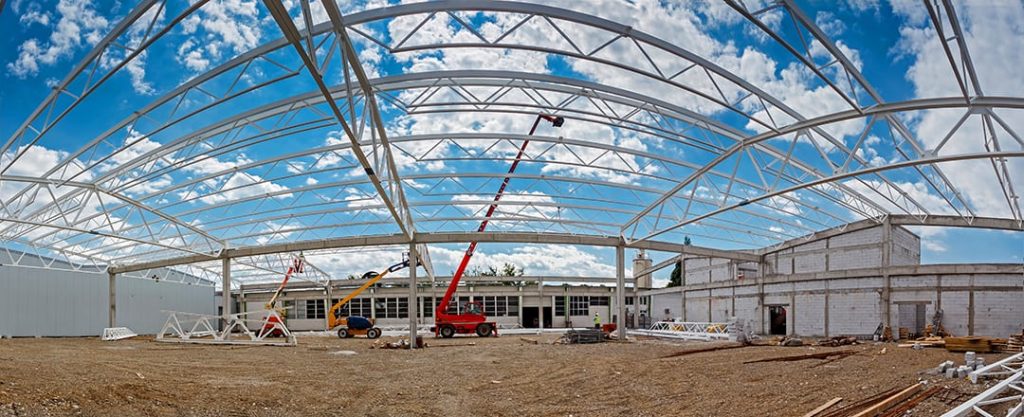
According to the NAHB/Wells Fargo Housing Market Index, 77% of builders surveyed expect rising material costs to be the second most significant problem of 2018, next to the labor shortage.
And the data supports that expectation. The U.S. Bureau of Labor Statistics reported that the cost of materials rose 4.8 percent between February 2016 and February 2017. Softwood lumber prices are rising as a result of the dispute between the U.S. and Canada. The Random Lengths Framing Lumber Composite Index was at $391 on Feb. 10, up from $366 on Feb. 3 — the biggest single-week increase since August 2003. Furthermore, NAHB economist David Logan said remodeling projects in Texas and Florida may drive up demand — and prices — for drywall.
Political influence may be contributing to the rising costs, as well. President Trump’s promise to limit imports has empowered steel mills to increase prices. And concrete, which is a local material, could be affected by border wall construction in nearby communities such as San Diego, El Paso, San Antonio and others. Rising energy prices, a more stable global market and trade tariffs add to the problem.
Keeping an Close Eye on Costs
To combat the costly effects of these market influences and maintain sufficient profit margins, construction firms must implement effective cost-cutting measures. Construction cameras may be the key to adopting new strategies and practices for streamlining project management, avoiding risk and operating more cost-effectively. Here are a few examples:
1. Embracing modular construction. Off-site modular construction is becoming a more accepted and popular way for construction firms to build structures quickly and more cost-effectively. Construction of building elements takes place away from the main construction jobsite, so work can continue at both locations simultaneously. The modules are later moved to the jobsite and installed when needed. This method helps firms meet tight deadlines and continue building despite unfavorable weather conditions or other delays.
But keeping an eye on remote construction sites requires construction cameras and collaboration software. These are often used at remote prefab facilities to enable communication between the two jobsites, keep everyone informed of progress at both locations. Plus, footage of work being done at a remote site can help project managers ensure prefabricated units are delivered at optimal times so construction can continue smoothly and stay on-schedule.
2. Communicating and collaborating more effectively. Technology has transformed how construction firms operate in many ways, including improving safety, reducing risk and boosting jobsite productivity through automation and better collaboration. For example, centralized scheduling systems enable careful planning. Mobile technologies and project management software help connect workers at the main construction location and offsite facilities with project managers and remote stakeholders.
Construction cameras help to ensure job safety while deterring theft, and help project managers track progress — even when they’re not on the jobsite. Sharing time-lapse photography, video and still photos enables faster problem-solving and decision-making while reducing travel. It can help keep construction on-track, eliminate errors and improve construction quality, as well.
3. Monitoring and documenting everything. The risk and cost of delays, compliance violations or safety problems on the can quickly eat up profits. But good, thorough documentation can help firms avoid associated fines and legal fees. Construction cameras help firms create a visual log of a project’s operation and progress, recording proof of compliance with safety regulations and other codes and policies, which can serve as proof if the need arises.
Plus, by monitoring crews and their work frequently — either via watching real-time feeds through a browser interface or reviewing footage later — project managers can spot and address potential hazards early, improving overall jobsite safety.
Construction cameras not only help cut costs; many firms are using them to boost marketing efforts and differentiate themselves from other firms in competitive bidding scenarios. Read about how leading construction firms are using TrueLook’s construction cameras to attract new business and be more profitable.

